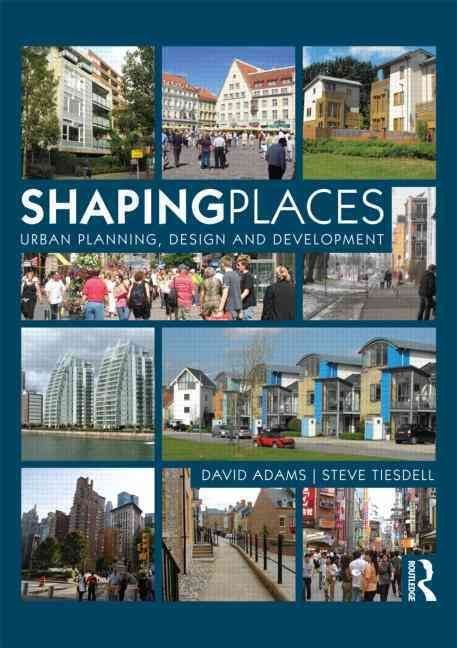Shaping Places explains how towns and cities can turn real estate development to their advantage to create the kind of places where people want to live, work, relax and invest. It contends that the production of quality places which enhance economic prosperity, social cohesion and environmental sustainability require a transformation of market outcomes. The core of the book explores why this is essential, and how it can be delivered, by linking a clear vision for the future with the necessary means to achieve it. Crucially, the book argues that public authorities should seek to shape, regulate and stimulate real estate development so that developers, landowners and funders see real benefit in creating better places. Key to this is seeing planners as market actors, whose potential to shape the built environment depends on their capacity to understand and transform the embedded attitudes and practices of other market actors. This requires planners to be skilled in understanding the political economy of real estate development and successful in changing its outcomes through smart intervention. Drawing on a strong theoretical framework, the book reveals how the future of places will come to be shaped through constant interaction between State and market power. Filled with international examples, essential case studies, color diagrams and photographs, this is essential reading for undergraduate and graduate students taking planning, property, real estate or urban design courses as well as for social science students more widely who wish to know how the shaping of place really occurs.












